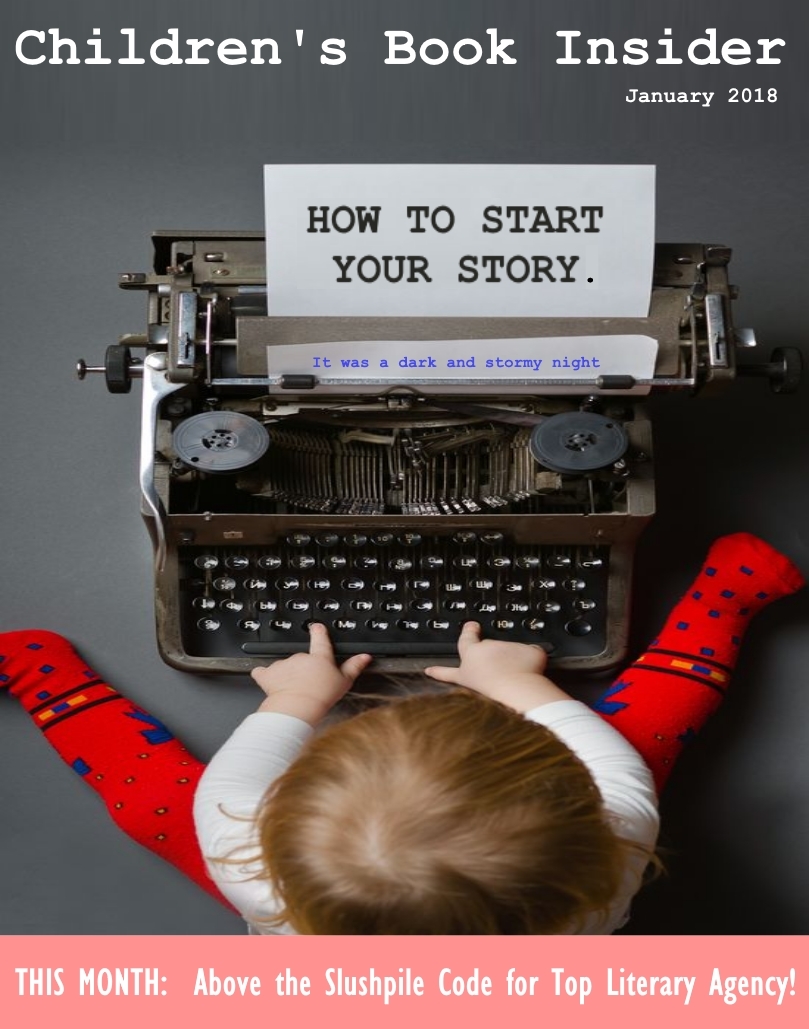Our CBI Insiders are taking the publishing world by storm! Here’s some of what our Children’s Book Insider subscribers are accomplishing (with just a little help from CBI!):
And — this is very cool — we’re starting to see the fruits of our Writing Blueprints, thanks to some authors who are making a big splash after using those new tools to create killer manuscripts. Awesome!
 Insider Jesse Arrington III used Picture Book Blueprint to create The Villains of Splazat, which has just been published. Here’s what Jesse has to say:
Insider Jesse Arrington III used Picture Book Blueprint to create The Villains of Splazat, which has just been published. Here’s what Jesse has to say:
What a joy and journey…and I could not have done it without the help of your Blueprint road map to guide me, literally, step by step! Picture Book Blueprint was a god-send for me at a pivotal time when I was struggling to create memorable characters, to develop a great plot, make logic or sense of the enormous vocabulary of words in sentences all ending in “at”.
Then, there were the nights I went to bed with writer’s block, wondering what do I do now or where does the storyline go from here! Then, I would wake up with the obvious solution. “Hey, wait a minute! Why am I struggling so hard? I have Picture Book Blueprint to help me with my next step on what I need to write or where I need to go in this story!” I’m not kidding you when I say that either. By answering a few simple questions embedded in my story, Picture Book Blueprint freed my brain cramps and sent me on my way to whole new chapters!
My book is doing remarkably well and I’m flattered to be nominated for several children’s book awards thanks to many new friends and fans! Much credit goes to you and your Picture Book Blueprint because without it, I do not know whether I would have even finished the book, let alone published it, in both soft and hardcovers and now in Kindle edition.
Wow! This is awesome news, Jesse. And we’re so glad Picture Book Blueprint helped make it happen!
To learn more, visit Jesse’s lovely website: http://www.thevillainsofsplazat.com/
 Insider Katie Hayoz used Chapter Book Blueprint to create a chapter manuscript that was included in the new Undiscovered Voices anthology! Here’s Katie:
Insider Katie Hayoz used Chapter Book Blueprint to create a chapter manuscript that was included in the new Undiscovered Voices anthology! Here’s Katie:
I’ve written for teens and adults, but I had wanted to write a chapter book as I was frustrated with my youngest’s lack of interest in reading. Either the books like this were too difficult for her or they were aimed at boys. So…I wrote one of my own. Chapter Book Blueprint gave me the confidence to move forward on my project, knowing I wasn’t just winging it. And, most of all, CBB opened up a world of literature that I hadn’t really explored before.
I’m thrilled to say that my chapter book manuscript was chosen as a finalist in SCBWI’s British Isles/Europe’s Undiscovered Voices competition and included in the anthology!
Way to go, Katie! That’s a great accomplishment. If you want to download the anthology free, go to http://www.undiscoveredvoices.com/?page_id=1762
 Insider Kim Ellis checks in with some great news:
Insider Kim Ellis checks in with some great news:
My middle grade fantasy novel, Tangled in Magic, has been published by Handersen Publishing. In the story, Agatha searches for her twin brother, Malcolm, but the evil warlock, Santer, uses magic to prevent them reuniting and reclaiming their inheritance. The book features illustrations by Alison Gagne Hansen.
Thank you CBI!
Awesome, Katie! Head over to https://www.amazon.com/Tangled-Magic-Kim-Ellis/dp/1941429513 to see the book. And check out all those sweet 5 star reviews!
 Insider Beverly Witwer is using not one, but two Writing Blueprints to make her publishing dream a reality:
Insider Beverly Witwer is using not one, but two Writing Blueprints to make her publishing dream a reality:
We’ll have lots more good news to report soon. Do you want to get in on the fun of being a successful published author? Then do what these folks did — become a CBI Insider by subscribing to Children’s Book Insider, the Children’s Writing Monthly!
For just pennies a day, you’ll receive fresh market leads, special “Above the Slushpile” submission codes to top editors and agents, state of the art instruction, community support and much, much more.

Check out our special offer now at http://writeforkids.org/come-join-the-insiders-2/ and join the fun!
And to learn much more about our Writing Blueprints, go to http://WritingBlueprints.com
The post It’s Time to Celebrate! appeared first on WriteForKids - Writing Children's Books.